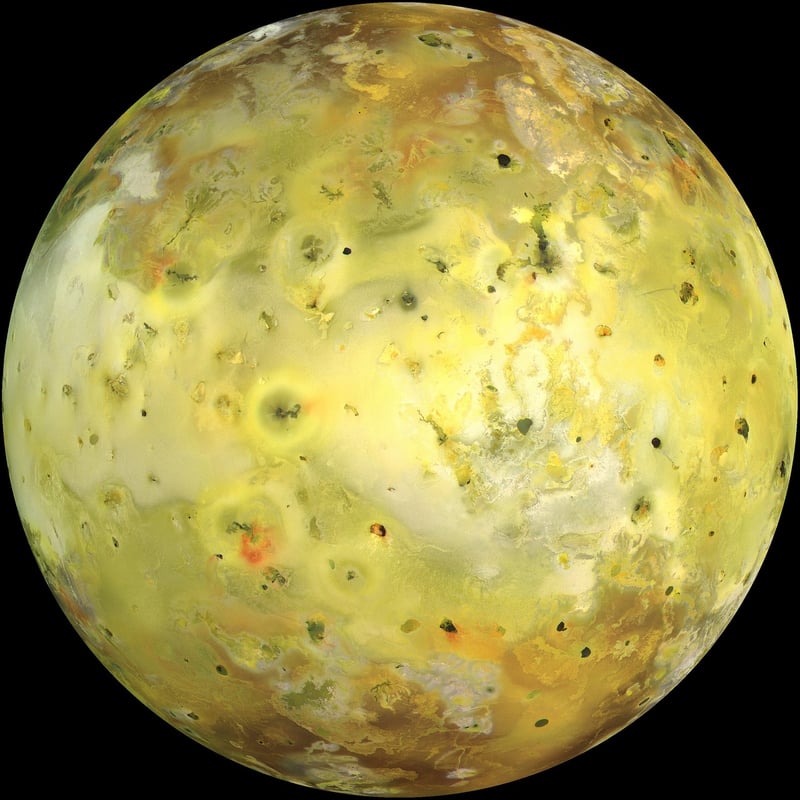Extreme Environments
Exploring Life Beyond Earth in Extreme Environments
Exploring the possibility of life beyond Earth and understanding extreme environments is a fascinating area of study that captivates scientists and enthusiasts alike. Let's delve into the intriguing world of astrobiology and extreme environments.
The Search for Extraterrestrial Life
One of the most profound questions in science is whether life exists beyond our planet. Scientists explore various celestial bodies such as Mars, Europa (a moon of Jupiter), and Enceladus (a moon of Saturn) for signs of microbial life. These places offer environments that could potentially harbor life, either currently or in the past.

Mars: The Red Planet
Mars has been a focal point of astrobiological research due to its similarities to Earth in the past. Scientists have found evidence of water on Mars, raising questions about the possibility of ancient life forms or microbial life existing underground.
Oceans of Europa and Enceladus
Europa and Enceladus are intriguing moons with subsurface oceans beneath their icy crusts. These oceans may contain the necessary ingredients for life, such as liquid water and energy sources from volcanic activity.

Extreme Environments on Earth
Studying extreme environments on Earth provides valuable insights into the limits of life and where it can thrive. From deep-sea hydrothermal vents to acidic hot springs, life has proven to be remarkably adaptable.
Deep-Sea Hydrothermal Vents
Deep-sea hydrothermal vents are areas on the ocean floor where superheated water rich in minerals gushes out. These vents support unique ecosystems fueled by chemosynthesis, a process where microbes convert chemicals into energy.

Acidic Hot Springs
Acidic hot springs, like those found in Yellowstone National Park, challenge the notion of habitable conditions for life. Despite their extreme acidity and high temperatures, certain microorganisms thrive in these harsh environments.
Conclusion
Exploring life beyond Earth and studying extreme environments offer valuable insights into the potential for life in the universe. By investigating celestial bodies and extreme environments on Earth, scientists push the boundaries of our understanding of life's adaptability and resilience.
Join us in this exciting journey of discovery as we unravel the mysteries of life in extreme environments and beyond!
